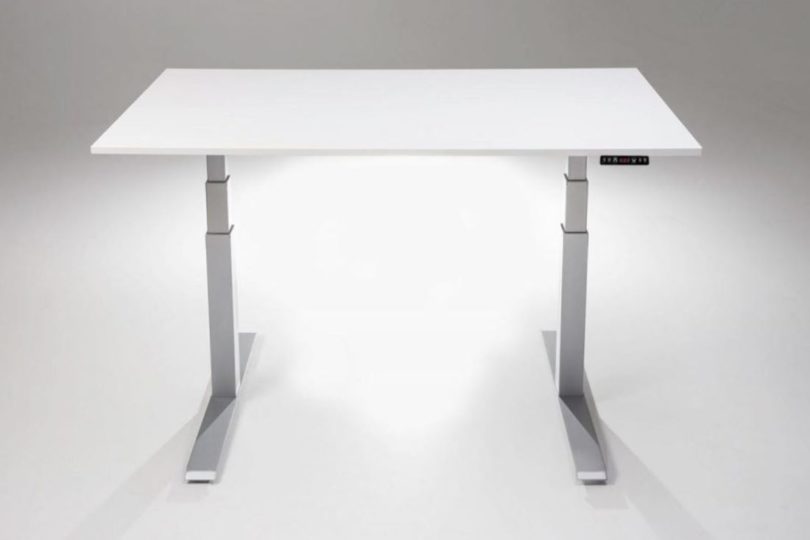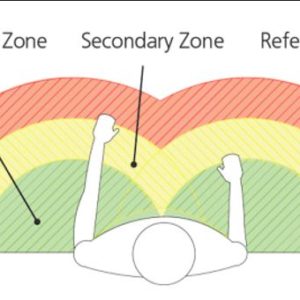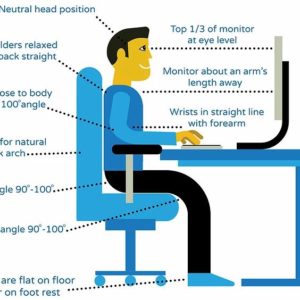Updated: Jan 29, 2021
Transitioning to Ergonomic Standing Desks
How to Safely Transition to a Standing Desk at Work
 Standing desks are becoming increasingly popular. With studies indicating that continuous and prolonged sitting is not healthy, many office workers are wondering if they can make the switch from the traditional desk and office chair to a standing desk. If you find yourself wanting to make that change, I have some tips on how to safely transition to a standing desk at work.
Standing desks are becoming increasingly popular. With studies indicating that continuous and prolonged sitting is not healthy, many office workers are wondering if they can make the switch from the traditional desk and office chair to a standing desk. If you find yourself wanting to make that change, I have some tips on how to safely transition to a standing desk at work.
Why is a standing desk beneficial for office workers?
Sitting for long periods of time can negatively affect our health and cause a variety of issues from soft tissue injuries, weight gain, circulation problems, and more. Because of this, it is important that office workers are able to vary their working positions as much as possible. If you find yourself confined to a desk all day, it’s a good idea to get up from a seated position at least once per hour to take a two minute walk and to stretch. A standing desk is beneficial for office workers because it makes it easier to change positions throughout the day.
Tips on transitioning to a standing desk at the office
If you are currently seated for a majority of your work day and are ready for a standing desk, I have a few tips on transitioning to a standing desk at the office.
Number one, start slow. You may be excited about escaping the confinement of your desk and office chair, but you don’t want to overdo it and cause unnecessary aches and pains with the transition. Start with standing just 5-10 minutes per hour. If this initial trial feels comfortable to you, you can extend your standing time to 10-15 minutes per hour. Remember, if you’re just beginning to use a standing desk at work, there are some muscles that your body will have to get used to using. Overworking a weak muscle can cause injury, so it is important to start slow.
Secondly, avoid standing for more than 15 minutes at a time. Standing for longer than 15 minutes at a time may cause muscle fatigue, contributing to poor posture. You may feel the need to slouch or rest your arm on your desk, which may lead to a host of problems, including compressed nerves that cause pain and discomfort. The primary goal of ergonomics in the office is to avoid doing any activity for long periods of time, which includes standing.
Alternate sitting and standing at work
It is best to alternate sitting and standing at work. Finding a healthy balance of body positions for your work space will result in a more comfortable and pain-free work experience overall. Aim to stand for 15 minutes, walk for 2 minutes, and perform stretches every working hour. Then it would be okay for you to complete the remaining time of your workday seated.
Guiding you today for a healthy tomorrow,
Crystal



